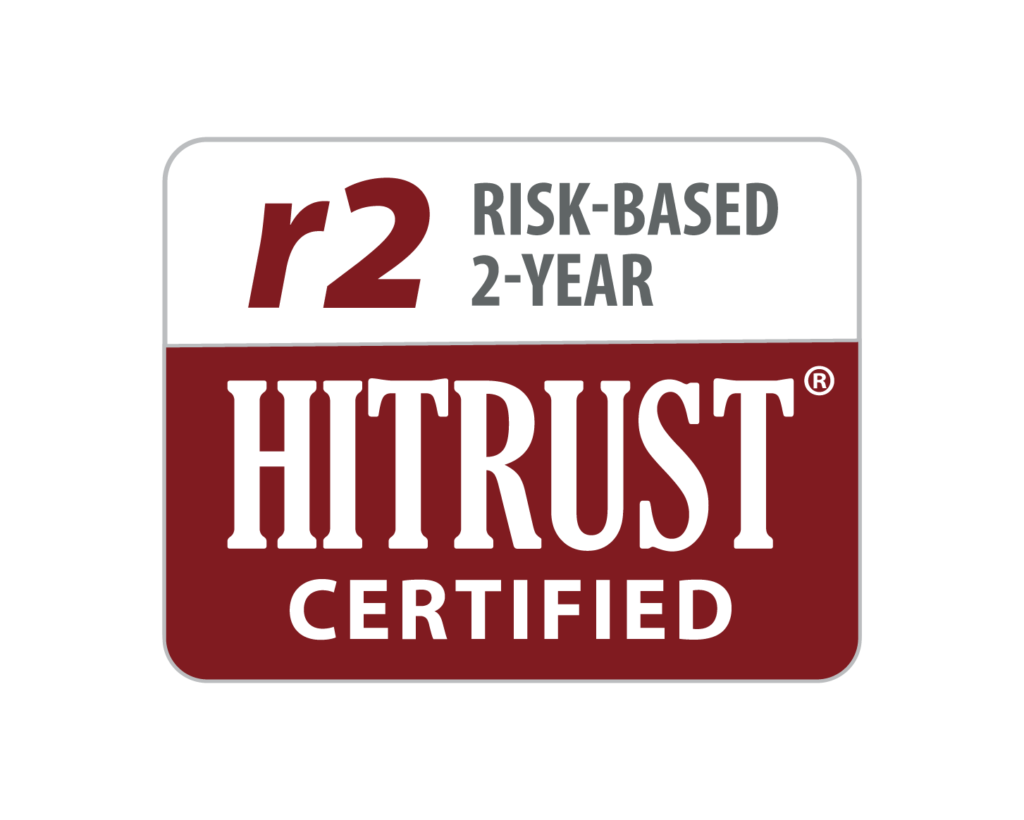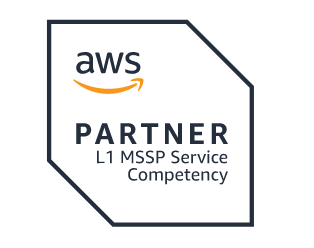Beyond HIPAA Compliance: How Life Sciences Companies Can Extend the Reach of the Cloud
The life sciences industry has never had access to more potentially life-changing and industry-changing data than it does today. Yet without a way to quickly transform this data into a usable, shareable environment, many will be left behind while others go to market. And that’s the other side of the coin of having so much newly available information. Many businesses simply aren’t set up to rapidly intake, store and manage it all. The result is many hidden treasures in the data will remain just that: hidden from sight.
The good news is that cloud technology is also advancing at a rapid pace, in tandem with the market need to tame and make rapid use of great volumes of electronic medical records and other data. By working with a healthcare-dedicated cloud provider, healthcare organizations can shorten the transformation process and get to actionable information much faster. Of course, securing that data is of first importance—and in fact, is often the initial motivation to turn to a cloud services provider. But once a company is assured that data is protected with multiple layers of compliance in the cloud, it can look to broaden the cloud’s impact into a number of areas:
- Research and development. Cloud platforms provide unique opportunities to generate insights into consumer needs. Analytics engines allow life sciences companies to sort through various types of data to determine key drivers of patient behaviors. Meanwhile, EMRs have the particularly promising potential to help identify and recruit study participants; a timely development as inclusion and exclusion criteria becomes more restrictive based on biomarkers that can be found in real patient data. Through the cloud, the cost can be reduced and contained over the long term. Your people spend time on understanding and using the data to drive decisions not managing, securing, and worrying about where it is.
- Clinical trials. A trusted cloud vendor is a valuable partner for aggregating the clinical trial data generated among different entities such as research organizations, academic institutions and teaching hospitals. The compliance is centrally managed and the data is unquestionably secure within one entity, not many.
- Consumer engagement. By better understanding consumer segments and their needs, life sciences companies can develop more meaningful and targeted ways to engage consumers with innovative and relevant health solutions. Without the consent, compliance, and security, consumer engagement in healthcare will remain elusive.
Scalable and neutral
A top tier cloud vendor can enable these and other projects in several valuable ways. First and foremost, virtual cloud storage gives unprecedented scalability to accept massive streams of data—often within just hours’ notice. Given the volumes of data generated today, this is a key market advantage [hyperlink to article #1]. Further, even the financial model of the cloud is scalable. Extra server storage is no longer a hefty capital expenditure that must go through a lengthy budget and approval process. Instead, it becomes a “pay only for what you use” operational expense that can be increased or pared back according to need.
Less tangible but just as important is the cloud’s “neutral third party” advantage. Life Sciences companies and their partners may be reluctant to share data outside of their own firewalls, but given the increasing market need for collaborative research and ROI demonstration projects, few organizations can remain a competitive “island” unto their own. Perhaps one of the most significant benefits a HIPAA-compliant cloud-based services provider offers is neutral ground for aggregating data. This leaves all parties with a sense of equal control and ownership of the data, while making it accessible from any location and on a variety of devices, including personal smartphones and tablets.
On that last note, a good cloud services vendor will offer the option of running virtualized applications within its data center, which means data is protected if a device is lost or stolen since no protected health information is actually downloaded to it.
Cloud platforms provide unique opportunities to generate insights into consumer needs, while a top tier cloud vendor is a valuable partner for aggregating the data generated among partner research organizations, academic institutions and teaching hospitals. Where exactly to begin may seem overwhelming, but such a vendor will also have services that facilitate migration of data and infrastructure to a HIPAA-compliant cloud. Once there, a whole new frontier awaits life sciences companies that are ready to turn data into breakthrough discoveries.


